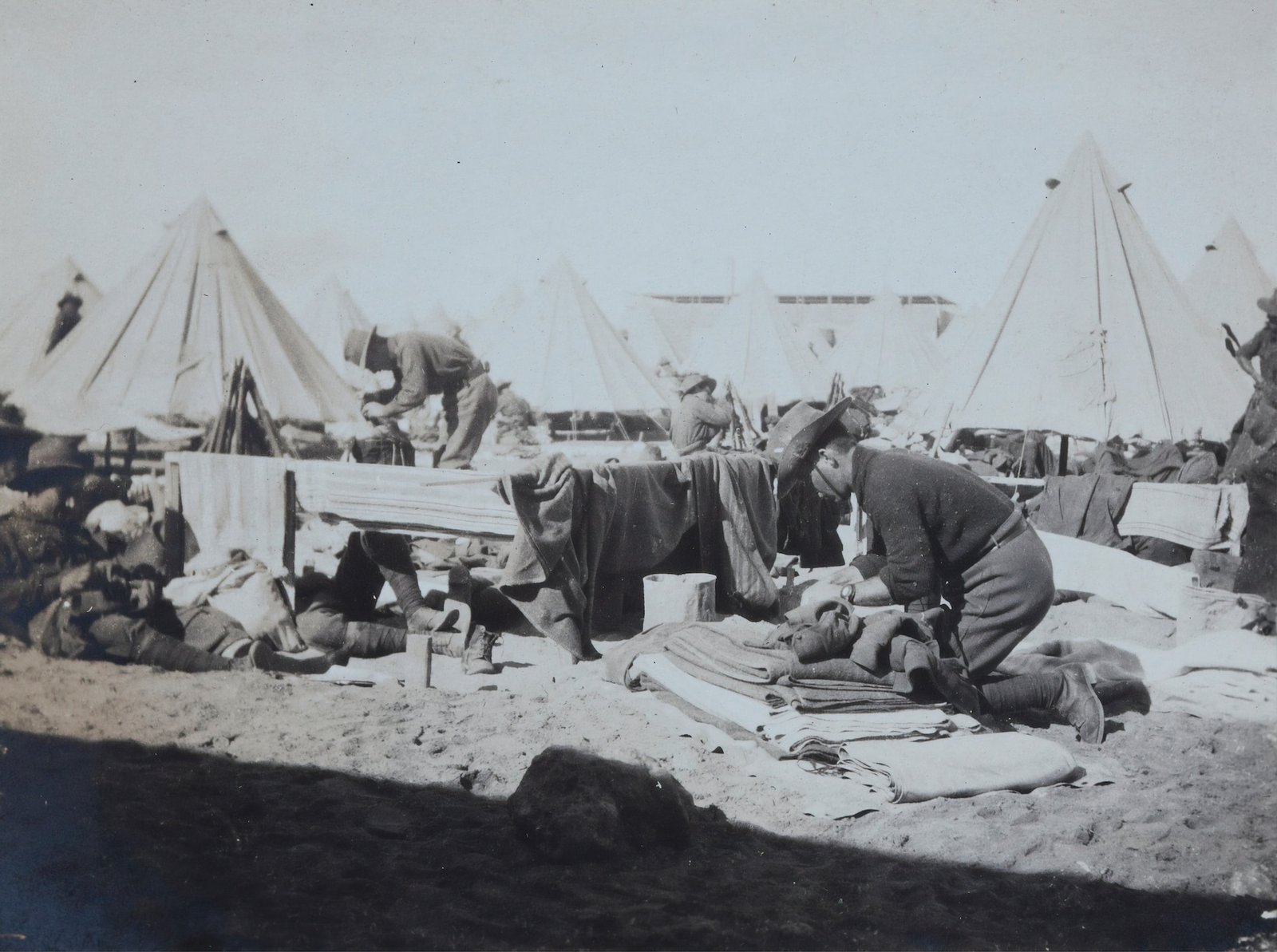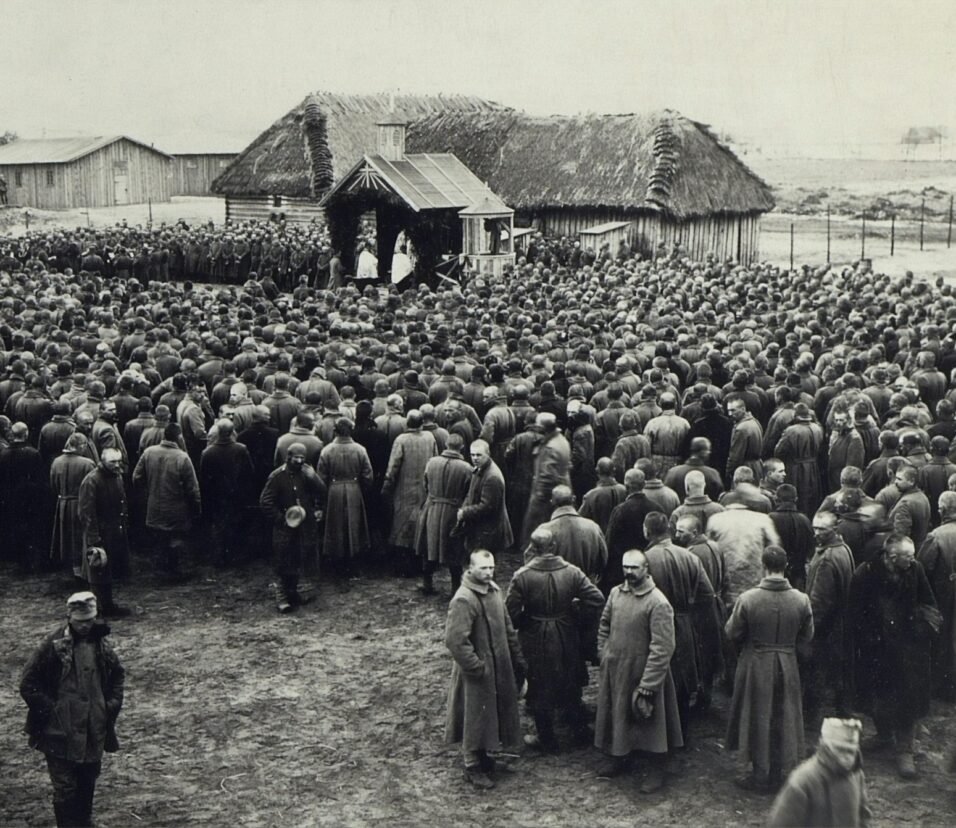Compromises over Slavery and Statehood
In America’s history, the struggle over slavery and which states could allow it was a major issue. Congress had to keep making deals to try to keep both the Northern states that didn’t allow slavery and the Southern states that did in balance. These deals were crucial in the time before the Civil War. They were attempts to keep the peace between the states and stop the country from splitting apart over the issue of slavery.
The Missouri Compromise:
The Missouri Compromise of 1820 was the first major deal made to keep a balance between states that allowed slavery and those that did not. It was a kind of agreement where both sides gave up something to get along. The compromise allowed for Missouri to join as a slave state and Maine as a free state, keeping an even number of both kinds of states. They also drew an imaginary line at latitude 36°30′, declaring that future states north of this line couldn’t have slavery, except for Missouri. This was how they tried to keep the peace between the two sides.
The 36°30′ line created a clear divide in the country. To the north of the line were states like Maine, New Hampshire, Vermont, Massachusetts, Connecticut, Rhode Island, New York, New Jersey, Delaware, Ohio, Indiana, Illinois, and the areas that would become Michigan and Wisconsin—places where slavery was not allowed. To the south of this line were states such as Maryland, Virginia (along with the area that would split off to become West Virginia), Kentucky, Tennessee, the Carolinas, Missouri, Mississippi, Georgia, Alabama, Louisiana, and the Florida Territory, all of which permitted slavery.
The Compromise of 1850: Adjustments and Concessions
As America grew and new territories were explored, the debate heated up over whether these places should allow slavery. The Compromise of 1850 was a complex deal that brought California into the United States as a state that did not allow slavery, trying to keep the peace between both sides. But this was about more than just California. The compromise also made the Fugitive Slave Act more strict. Now, even if enslaved people escaped to a place where they could have been free, the law required them to be sent back to the people who claimed to own them.
The Compromise of 1850 also introduced the idea that the people living in New Mexico and Utah could choose whether to allow slavery or not, a concept known as popular sovereignty. This meant that the residents, rather than the federal government, would have a say in this critical decision, setting a precedent for local control over such issues. In another significant move, the agreement stopped the sale of slaves in Washington, D.C., although it didn’t ban slavery outright there. This action seemed to nod to the growing number of people in the North who wanted to end slavery altogether.
The Kansas-Nebraska Act:
The Kansas-Nebraska Act passed in 1854, changed the rules about slavery in new areas. It got rid of the old Missouri Compromise rules and said that the people in Kansas and Nebraska could vote to decide if they wanted to allow slavery, no matter where they were on the map. This gave these territories the chance to make their own choice about slavery through their local laws.
The Kansas-Nebraska Act reignited tensions between groups that supported and opposed slavery, causing violent clashes and worsening the divide in the country. The idea behind the act was that the people should have the power to shape their government, but when it came to deciding about slavery in these areas, this idea led to a heated fight about what would happen next.
Reflection on the Compromises
Looking closely at these laws, we can see that each agreement showed just how complicated politics were at the time. They weren’t just simple deals made to keep things running; they showed a country struggling to match its founding values with the tough truths of how its society and economy worked. The deals made about slavery and new states played a big part in leading to the Civil War. They show how hard it has always been to balance doing what’s right with keeping the country together.
When we think back on these important events, it’s essential to grasp how much they really mattered—how the choices made by lawmakers affected the lives of those in the Southern plantations and the busy northern cities alike. These deals were meant to fix problems but often ended up as signs of the big war that was on the horizon, which would eventually split the country apart.
Conclusion:
Looking back, the agreements made to balance slavery and the creation of new states were more than quick fixes. They signaled the huge shifts that were coming to America. These compromises showed a country wrestling with a big moral dilemma, trying to match up its belief in freedom and equality with the fact that its economy and way of life were tied up with slavery. The journey from making these deals to the start of the Civil War was full of tough political, social, and ethical problems that America had to deal with.
To really understand these historical deals is to see how close the United States was to a turning point in the mid-1800s. These compromises show how the country was wrestling with its principles and set the stage for the Civil War—a time that would change American society and its rules completely. Looking back at American history, these important events teach us about the importance of finding a middle ground, the high price of being divided, and the ongoing effort to create a better and more united country.







